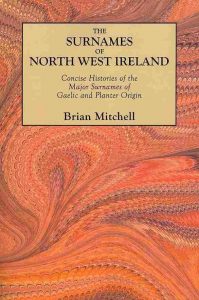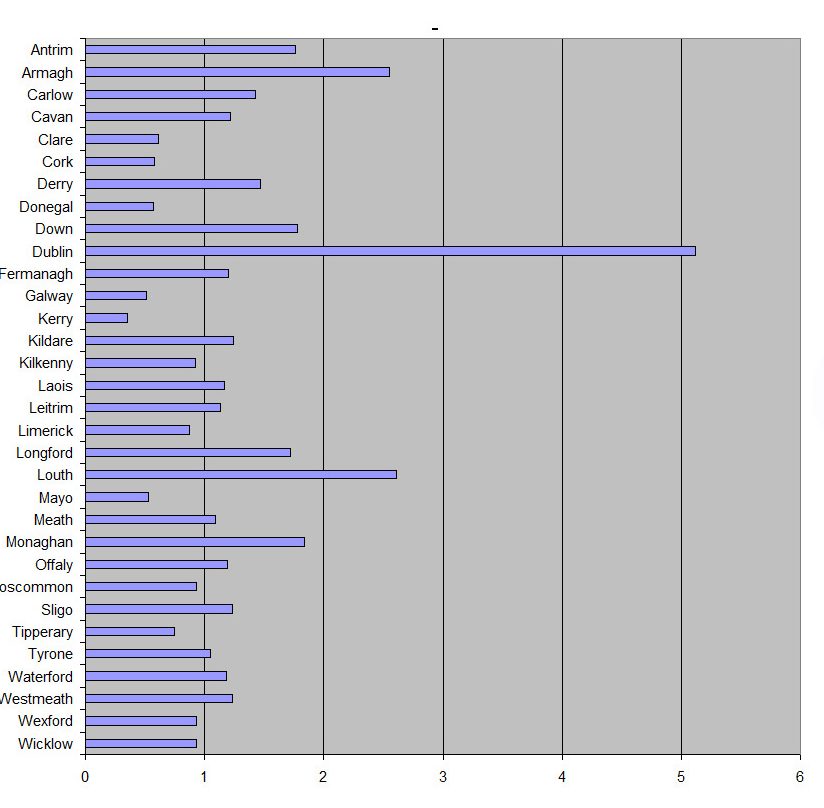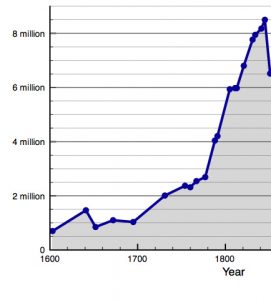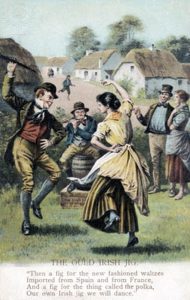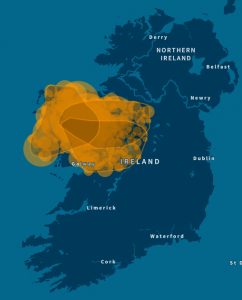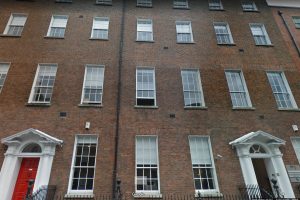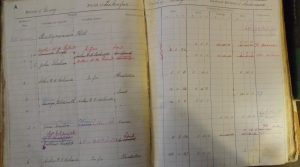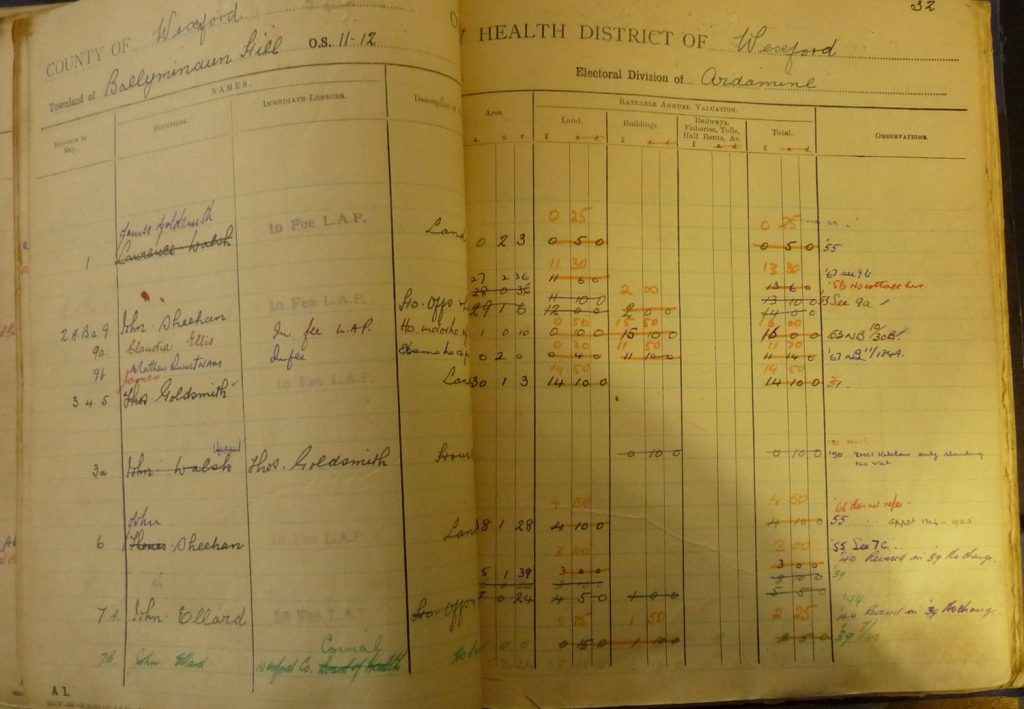If you do any research on Irish records you soon become aware of the great mosaic of online transcripts of what purport to be the same records. The National Library microfilms of Cork and Ross Catholic registers, for example, are transcribed on IrishGenealogy.ie, ancestry.com and FindMyPast.ie. But IrishGenealogy didn’t transcribe the records of St Mary’s (North Cathedral) in Cork city, because they were doing their level best not to tread on the toes of any existing transcript-holders and the church itself has a transcript. Ancestry and FindMyPast need not be so bleeding-heart sensitive: the only online transcript of this huge collection of Cork city records is with them.
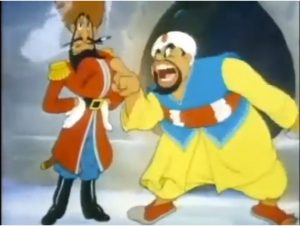
Similar part-overlapping record collections are also common in the state records of births, marriages and deaths. FamilySearch has a copy of the full all-island indexes up to 1922 and the Republic up to 1958, completely different, naturally, to the freshly-created indexes (to 1916, 1941 and 1966) on IrishGenealogy. FamilySearch also has a part-transcript of the first seventeen years of birth registrations, up to 1881, making it possible to search on the mother’s maiden name. Which you can only do on IrishGenealogy from 1900. But the register images on IrishGenealogy make it possible to trawl by hand through all your search results, only not before 1870 for marriages or 1878 for deaths. Clear?
And then, of course, rootsireland.ie has full transcripts of some of the local registrars’ records, different to the central copies used for IrishGenealogy and FamilySearch. And the Northern Ireland GRO has complete searchable transcripts of the local registrars’ records for areas now in Northern Ireland (to 1917, 1942 and 1967). Which overlap both some of rootsireland’s and some of IrishGenealogy’s transcripts. Whew.
Now FindMyPast has added to the merriment with a massive set of transcripts of IrishGenealogy’s register images for births and marriages.
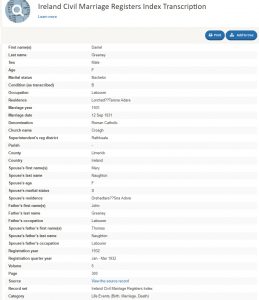
There are flaws – Claire Santry recently pointed them out – but I still think they are seriously to be welcomed. Apart from adding another transcription (with mistakes and omissions, to be sure, but different ones), they open up the birth records before 1900, transcribe the entire record, not just personal names, and make it possible to confine a search to a local registrar’s district, a much more precise area than the Superintendent Registrars Districts available on IrishGenealogy itself. A boon if your Muphys married Murphys.
Most importantly, the service is free to anyone who registers with them. This is one aspect of FindMyPast that isn’t nearly well enough known. Lots of their records are free, in particular the parish register transcripts and records digitised in collaboration with the National Archives of Ireland. As far as I can tell, nowhere on the site lists what’s free and what’s subscription-only.
I suspect the FMP researchers are trying to sneak free stuff out past the FMP lawyers and moneymen. So thank you, Brian and Fiona.
